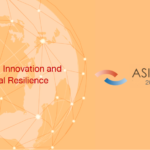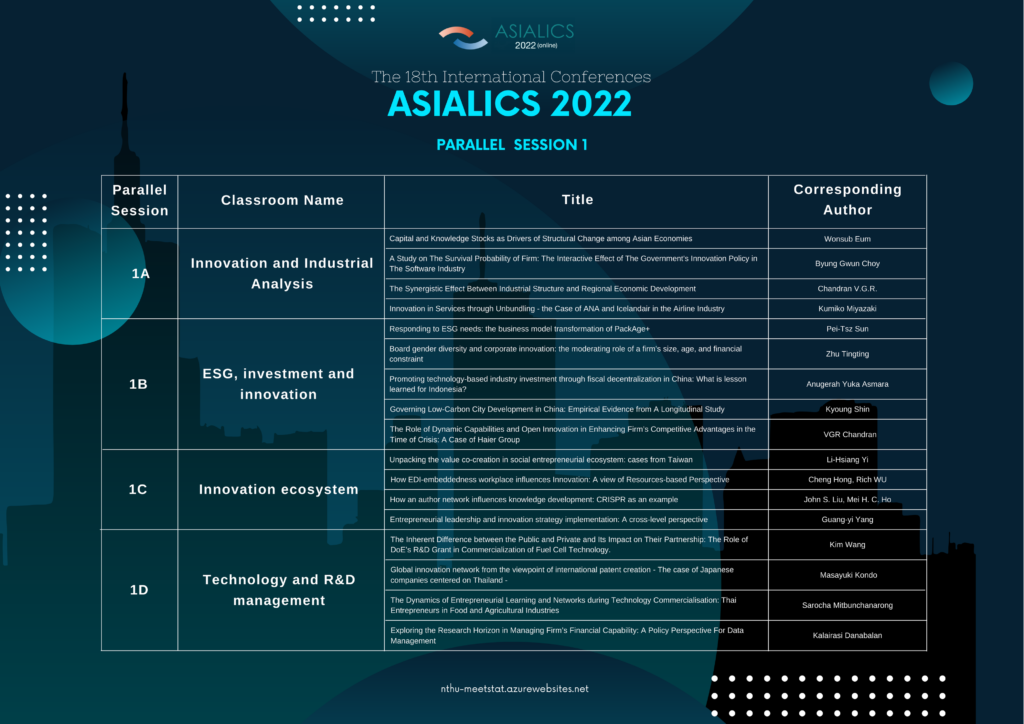Abstract
As one of the three most consumed and loved non-alcoholic beverages globally, tea originated in China and is one of China’s most important cash crops. From the perspective of regional distribution, there are four major tea-producing regions in China. The South China tea-producing area represented by Fujian is the most suitable area for tea tree growth in China. The tea industry has become a characteristic and advantageous industry in Fujian’s agricultural development. Fujian has the reputation of “hometown of Oolong tea in the world.” Wuyi rock tea, Anxi Tieguanyin, Tanyang Gongfu tea, Funding white tea, and Fujian jasmine tea are well known at home and abroad. As one of the most widely distributed cash crops, tea industry is one of the nine pillar industries in Fujian.
Although Fujian’s tea industry has competitive advantages in terms of production resources, the sustainable development of Fujian’s tea industry has also encountered a bottleneck, which can no longer guarantee its competitive advantage in the market. From the perspective of the industrial chain, the standardized, regulated, and large-scale tea production chain has not yet been formed; From the perspective of R & D, traditional tea enterprises have weak independent R & D ability and awareness, and the transformation ability of scientific research and patents is not strong, which can not meet the innovation and diversified development of industrial products; From the macro perspective, the consumption is not flexible enough, the per capita tea consumption is low, there is excess capacity, and the effective demand for tea is relatively small(Lizhan,feng,2021).
Looking at the development of tea industry in Anhui Province, Zhejiang Province, Yunnan Province, Guangdong Province as the main tea producing areas and Shanghai, Beijing, Hangzhou and other places as the main consumption areas of tea, there are some innovations in the value-added of the industrial chain. The construction of new-style tea beverages or teahouse business has been launched. In the tea market, Fujian’s tea industry faces the coexistence of opportunities and crises, advantages and disadvantages. Maintaining and further improving the core competition of Fujian’s tea industry and effectively overcoming the shortcomings has become an urgent problem to be solved.
Therefore, this study will take Fujian’s tea industry as an example, take the seven leading tea enterprises in Fujian as the research target, and obtain first-hand data through in-depth interviews. The study will analyze the development bottlenecks of traditional tea enterprises in Fujian based on the agricultural economy and market performance theory, industrial competitiveness theory, industrial transformation theory, and business model innovation theory, and integrate the information obtained through in-depth interviews. The theoretical framework of the “smile curve” is used to propose development hypotheses and feasible plans for the business model transformation and upgrading of the Fujian’s tea industry from enhancing the value-added of the traditional tea industry from three aspects of “distribution”, “production”, and “pre-production”.

Tangxi Cheni
A Research Fellow in Rural Development and Revitalization



